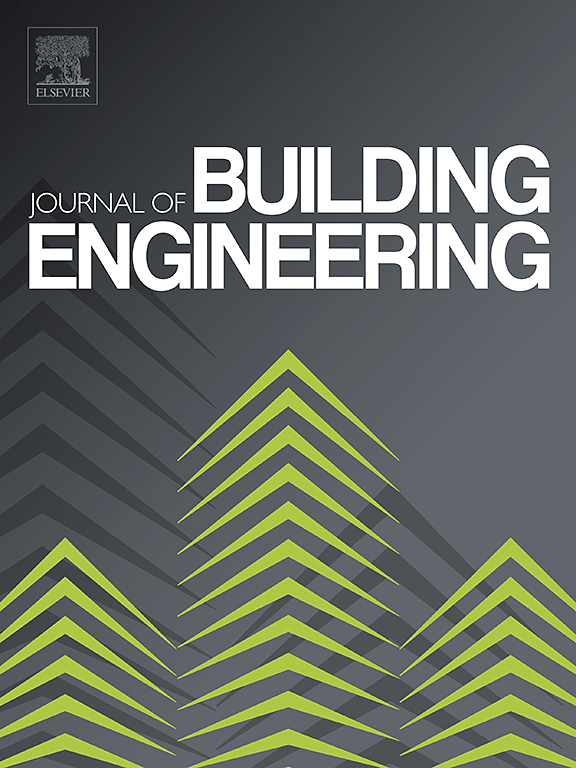Experimental study on micromechanical properties of bricks from ancient Han Dynasty sites based on nanoindentation
IF 6.7
2区 工程技术
Q1 CONSTRUCTION & BUILDING TECHNOLOGY
引用次数: 0
Abstract
The quantitative evaluation of the mechanical properties and pore distribution properties of bricks of ancient sites is of great importance for the scientific protection of ancient sites. Due to the peculiarity of brick-built tombs of ancient cultural relics, it is not possible to collect many samples, making it difficult to carry out traditional mechanical property tests through extensive sampling and sample preparation. Thus, this study uses the nanoindentation test method to examine the internal and surface mechanical parameters of brick fragments from the Han Dynasty at micro- and nanoscales. And the macroscopic mechanical parameters of the Han Dynasty bricks were upscaled based on the Mori-Tanaka model. The study shows a significant difference in mechanical properties between the surface and interior of Han Dynasty bricks. The surface and internal micro-average elastic modulus of Han Dynasty bricks are 37.5 GPa and 50.9 GPa, respectively. The macro-average elastic modulus of the surface and interior of Han Dynasty bricks is 49.55 GPa and 63.10 GPa, respectively. There are obvious differences in the microstructure and pore distribution between the surface and interior of Han Dynasty bricks. The surface and internal porosity are 10.66% and 2.80%, respectively. The mineral composition and microstructure of Han Dynasty bricks can meaningfully explain the differences in mechanical properties between their surface and internal structures. The above research can provide technical references for the preservation and restoration of brick tombs and ancient cultural remains and provide micro-mechanical test methods for predicting the macro-physical mechanical properties of bricks from the Han dynasty.
求助全文
约1分钟内获得全文
求助全文
来源期刊

Journal of building engineering
Engineering-Civil and Structural Engineering
CiteScore
10.00
自引率
12.50%
发文量
1901
审稿时长
35 days
期刊介绍:
The Journal of Building Engineering is an interdisciplinary journal that covers all aspects of science and technology concerned with the whole life cycle of the built environment; from the design phase through to construction, operation, performance, maintenance and its deterioration.
 求助内容:
求助内容: 应助结果提醒方式:
应助结果提醒方式:


